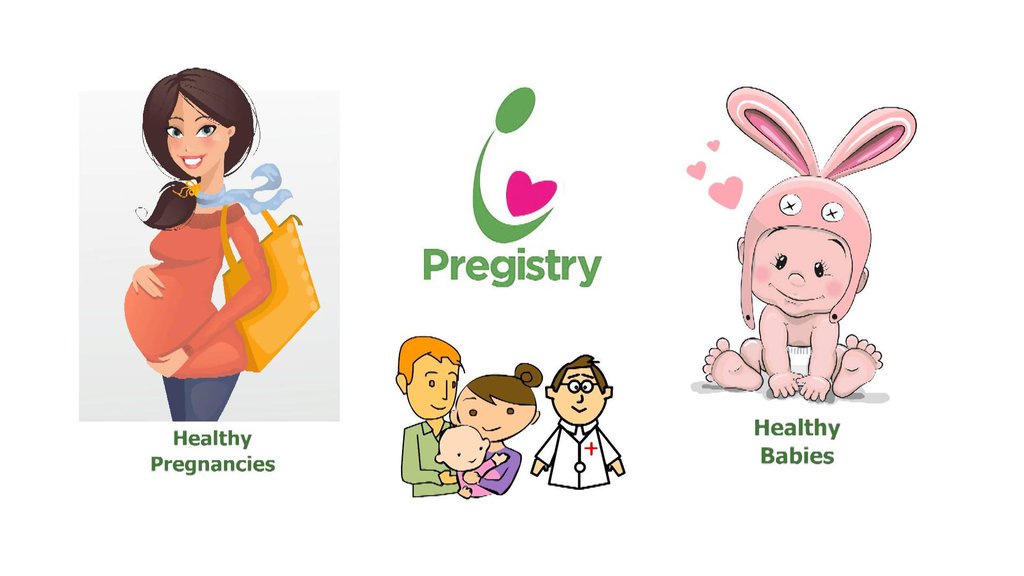Baby bottles.
We all have a lot of those. Maybe ten, maybe five… definitely more than we can wash and keep organized track of.
They go in the microwave, they go on the counter, they fall on the floor, and they go into baby’s mouth. How safe are they really? Is plastic safe? What about the resurgence of glass bottles? Plastic vs glass.
Plastic Bottles
The main concern when looking at plastic microwaveable bottles is the presence of BPA in the plastic used to withstand being heated. Bisphenol A (BPA) is a chemical that was used in polycarbonate plastic products and epoxy resin-based food can liners for decades to harden plastic, keep bacteria out of food, and prevent rust. Although there’s little scientific data on the effects of BPA on humans, results from animal studies suggest that it’s unsafe. In 2012, the U.S. Food and Drug Administration (FDA) banned BPA in the manufacture of all baby bottles and sippy cups.
The U.S. Centers for Disease Control and Prevention (CDC) says human exposure to BPA has dropped significantly in recent years, but some health and environmental groups believe more needs to be done to get BPA out of consumer products because a wide range of products, such as food storage containers, plastic tableware, and food packaging, are still manufactured with BPA.
BPA is present in many other plastic items, such as toys, dental sealants, and water bottles. However, scientists believe oral exposure is the primary concern for infants. The NIH says parents can safely use baby bottles identified as “BPA-free.” However, the American Academy of Pediatrics (AAP) recommends that parents use alternatives to plastic, when possible, because some studies suggest that harmful chemicals leach from any type of plastic, even those that do not contain BPA.
Environmental and health experts agree that BPA is not the only chemical to be concerned about. A single piece of plastic may contain 5 to 30 chemicals, and a plastic item with multiple parts (like a baby bottle) may contain more than 100. Even a thin sheet of plastic wrap can leach chemicals into your food when heated in the microwave.
However, if you choose to use plastic bottles, the AAP recommends you avoid those with recycling codes 3, 6, and 7. For safe cleaning, use a nonabrasive sponge or bottle brush, scrub with warm, soapy water, and rinse well. Get rid of baby bottles and sippy cups that turn cloudy or are scratched or cracked. Worn bottles may leach chemicals more easily. To warm a plastic bottle with formula or breast milk, place it in a bowl of warm water or run it under warm water instead of microwaving.
Glass Bottles
Glass bottles are free from BPA and have no petroleum use in their manufacturing. Glass bottles are sturdy, and they don’t contain any chemicals that could potentially get into the baby’s formula. They are also recyclable and much more environmentally friendly than plastic bottles. Additionally, when you heat a glass bottle, there is no absorption or release of substances. They are easy to sterilize and do not melt or lose its shape nor they leak chemicals into baby’s formula or milk and are safe for your baby. They are easy to clean and are dishwasher safe. They will also keep the milk warm for a longer time.
However, the problem with glass bottles is pretty obvious: drop one on the floor in the middle of a late-night feeding and you’ll have a roomful of shattered glass to clean up as glass is also heavy and cumbersome!
Ultimately, this debate comes down to personal preference.
Plastic bottles are generally regarded as an easier alternative to glass.
However, glass bottles do have the unique advantage of being environmentally friendly and safer when actually heating the food up.
Whatever you choose, always keep your baby safe and, as long as baby has enough to eat, he/she will be happy!


